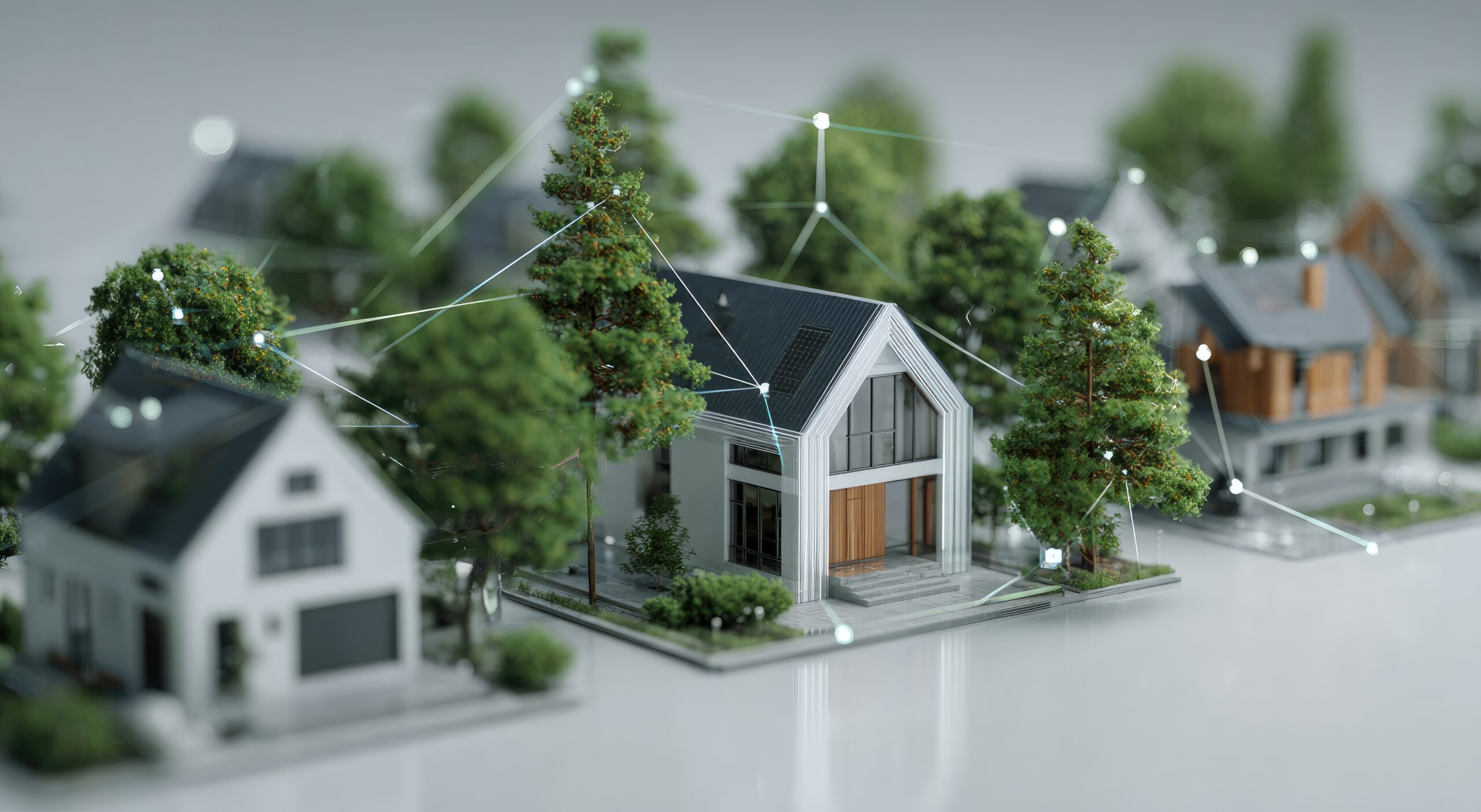IoT
Vehicles and the Internet of Things

One of the most prominent developments in IoT technology in the coming years is connected and autonomous cars.
Among the most notable developments in IoT technology in the coming years are connected cars. The next decade is forecast to see rapid growth in the IoT car market: projections from the World Mobile Provider Association (GSMA) indicate that, by 2025, annual sales of mobile lines for connected cars will reach 91 million units. The figures show that, in that same year, the total will approach 527 million. By 2035, fully autonomous vehicles will likely exceed 20 million.
It is important to emphasize the difference between connected car and autonomous car. The first has an Internet connection and offers a number of services to the driver and occupants of the vehicle. The second is a car that is able to perceive the environment that surrounds it and roll accordingly, without the need for intervention by a human driver (it would be level 5 and maximum of those defined by the Society of Automotive Engineers (SAE) regarding the autonomy of a car in its document SAE J 3016-2018 – Taxonomy And Definitions For Related Terms Related To Driving Automation Systems For On-Road Motor Vehicles).
Connected vehicles
Regarding connected cars, the analysis firm IDC tells us that this 2019 more than 50 million connected cars will be sold in the world. By 2023, IDC predicts that almost 70% of the vehicles and service trucks that are marketed worldwide will have integrated connectivity.
When we talk about connected cars we are talking about more than twenty different technologies ranging from opening the car with the mobile to biometric systems such as cardiac detection to prevent unexpected heart attacks or stress detectors in the driver, through augmented reality with the so-called “AR dashboards”, or V2V technology (Vehicle To Vehicle, car by car) that will allow connected vehicles to coordinate with each other, for example adjust their speed depending on the rest of the cars or receive emergency warnings if a car gets stuck a few kilometers ahead. All of them real technologies that are already implemented in different models.
Another area related to smart cities is that of C-V2X (“Cellular vehicle-to-everything”) technology, which will allow cars to connect with the environment and as cities become more “intelligent”, the connected car will be able to receive better instructions.
One of the latest solutions that has been created is the delivery of parcels in the trunk. Volkswagen has devised the “We Deliver” solution. It connects the vehicle’s GPS and a security system implanted in the trunk with the application. With our permission, the courier will be able to go to where the vehicle is, open the trunk and deposit the package sent.
Finally, it is worth mentioning the carsharing and motosharing solutions that have been deployed in large cities, providing great convenience to users and allowing the reduction of traffic and pollution, since the vast majority of these vehicles are electric. The IoT in this area provides connectivity between vehicles and allows monitoring and managing motorcycles or cars remotely through SIM cards, which allows to visualize and track all connected devices in real time. Other benefits are visibility and control of the expenditure and consumption of connected machines and a higher level of security. In addition, thanks to the data obtained from its network connection, its operation and control can be measured and improved, which reduces the associated costs of maintenance, recharging and collection. In this sense, and as an example, a few months ago Telefónica and Muving have reached an agreement to improve the connectivity of Muving’s 4,000 electric motorcycles through Kite Platform, Telefónica’s transversal IoT managed connectivity solution.
Autonomous vehicles
Autonomous vehicles use virtually all the solutions developed for connected vehicles and add all those necessary to be able to drive without human intervention.
For the deployment of autonomous vehicles to become a reality, a number of obstacles must be overcome, which stem not only from the limitations of driving technologies but from political, legal, regulatory and infrastructural factors. That said, the advent of 5G is going to make technologies that enable autonomous driving able to work in real time due to their speed characteristics, low latency and device density simultaneously. For a deployment, let’s say universal, it is necessary to combine 5G technology with Edge Computer technology: ultra-low latencies (5G) are needed, bringing cognitive capacity closer to the edge of the network (Edge Computing) and management models based on artificial intelligence (AI), which make use of an infinity of data (Big Data).
On the other hand, and so that the users of an autonomous vehicle have information about the environment through which they travel, augmented reality will come into play. We can see that the connected vehicle industry needs all the







